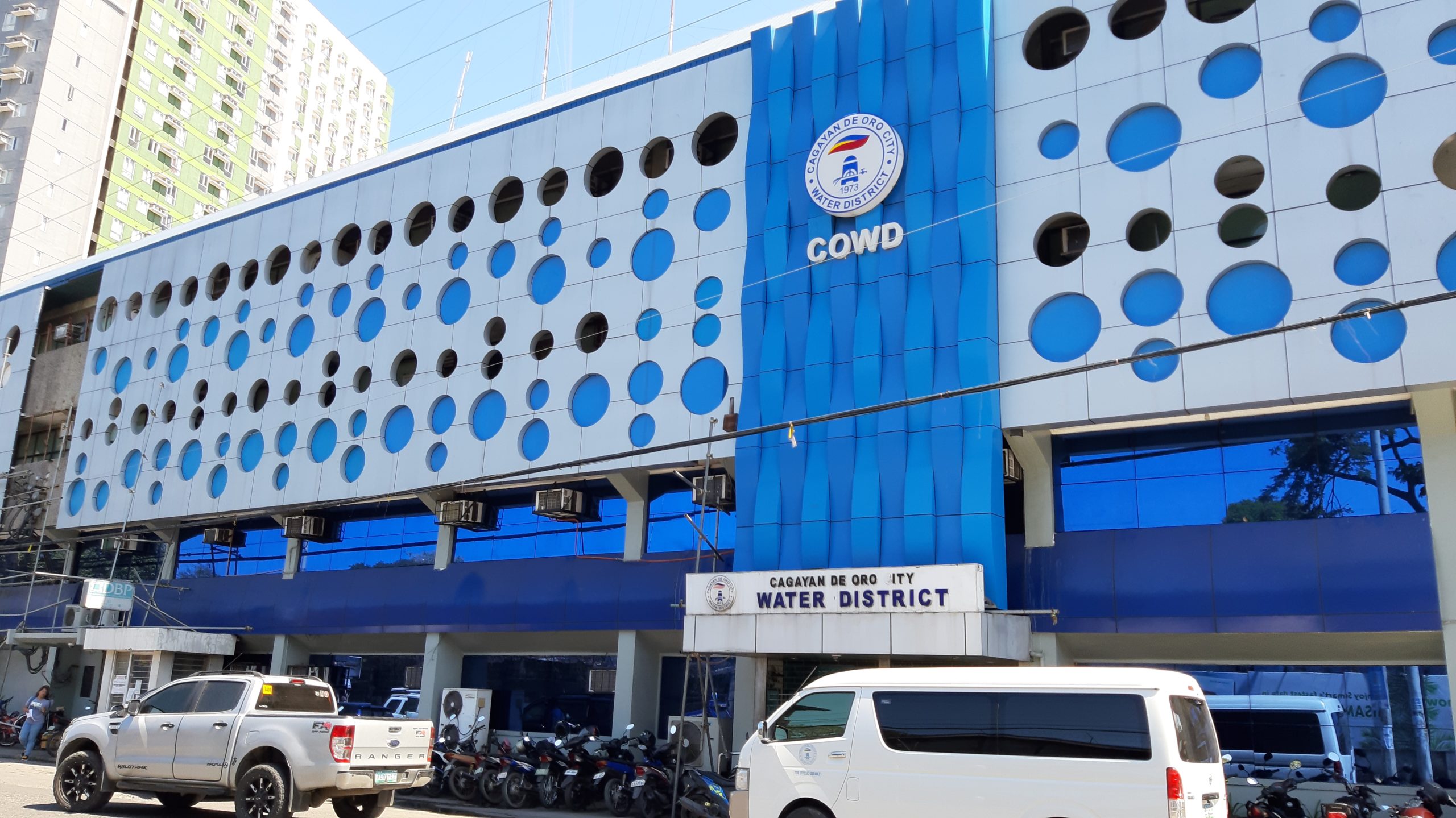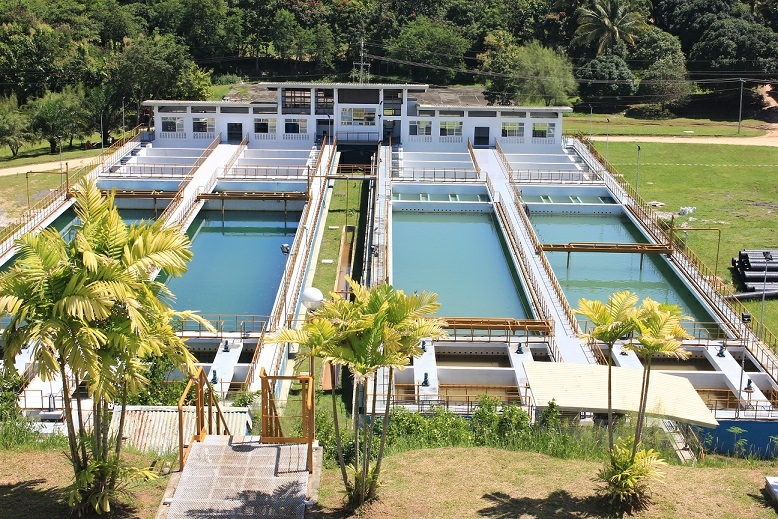
By FROILAN GALLARDO
Special correspondent .
IMPASUG-ONG, Bukidnon- Elmer Dapiton glanced nervously at his team mates and waited for the signal to start chasing the bull.
The 29-year-old Dapiton and three of his team mates participated in the “karambola,” a team cattle-wrestling event of the rodeo in this town, Bukidnon.
“I was nervous. I usually do every time,” said Dapiton, a veteran of the rodeo circuit in Bukidnon.
Dapiton said in the “karambola” event, team members compete with other teams on how quick they could rope and tie bulls.
The team with the shortest time wins.
“Karambola” and other rodeo events like cattle-wrestling, rope and tie, bull riding can be traced to the working ranches of the Old West in the US.
But it has been embraced here in Bukidnon where cattle farming flourished before World War II.
The Philippines is the only Southeast Asian country that has rodeo events. Outside Bukidnon, in the province of Masbate, cowboys and cowgirls from all over gather for its annual rodeo event every June.
Constancio Maghanoy, who chaired the board of judges in the rodeo events here Saturday, said rodeo events are happening every month in the province of Bukidnon and Lanao del Norte.
“Rodeo has become a yearly circuit events where local cowboys and cowgirls travel to compete,” Maghanoy said.
Maghanoy said the local government of Bukidnon passed a resolution naming rodeo as “provincial sports.”
But it is in Impasug-ong town with its bucolic setting of mountains that inspired the 2008 movie “Love me Again” starred by Piolo Pascual and Angel Locsin, that rodeo became so popular.
Maghanoy said Impasug-ong town with its 642-hectare communal farm of cows, is the rodeo capital of Southern Philippines.
“The communal farm is where our young cowboys and cowgirls learn how to lasso and tie down calves,” he said.
Maghanoy said at present, schools offering agricultural courses like Xavier University in Cagayan de Oro and Central Mindanao University in Musuan, Bukidnon, have their own rodeo teams.
He said these teams regularly compete in the yearly rodeo circuits in Northern Mindanao and Masbate City.
Sixty-year-old Tony Guillermo, one of the judges, said he was still a lanky student at the Central Mindanao University when he joined its rodeo team.
“I was attracted by the cowboy culture. Dingo shoes, Levi’s pants, dirty shirts,” Guillermo said.
As a rodeo competitor, Guillermo said, he also suffered bruises. “Not a day passed that we did not eat dirt, but I love this sports,” Guillermo said.
Disclaimer
Mindanao Gold Star Daily holds the copyrights of all articles and photos in perpetuity. Any unauthorized reproduction in any platform, electronic and hardcopy, shall be liable for copyright infringement under the Intellectual Property Rights Law of the Philippines.








